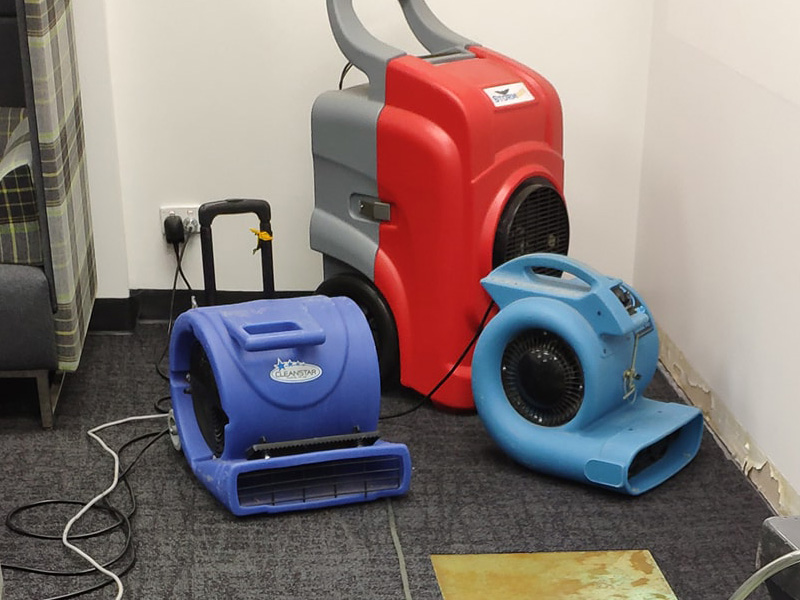Floods are a common natural disaster that can cause significant damage to homes and businesses.
Flood restoration is a complex process that involves addressing various challenges, such as mould, mildew, and other health hazards. In this article, we will explore these challenges and discuss how to address them. You can also read how to develop a flood restoration plane here
Mould and Mildew
One of the most significant challenges in flood restoration is mould and mildew. Floods create a moist environment that is ideal for mould and mildew growth.
These microorganisms can cause severe health problems, including respiratory issues, allergies, and infections.
To address mould and mildew growth, flood restoration professionals use specialized equipment such as air scrubbers and dehumidifiers.
These machines help remove excess moisture from the air, preventing mould and mildew from growing.
Additionally, they use mold inhibitors and fungicides to eliminate any existing mold and mildew.
Health Hazards
Flood restoration can also pose various health hazards, including exposure to toxic chemicals, bacteria, and other harmful microorganisms.
During the restoration process, flood restoration professionals need to wear protective gear such as gloves, masks, and goggles to prevent exposure to these health hazards.
In some cases, homes and businesses may need to be evacuated during the restoration process.
This is especially true when dealing with sewage backups and other hazardous materials.
Restoration professionals will take all necessary precautions to ensure the safety of both themselves and the property owners.
Restoring Indoor Air Quality
Floods can cause significant damage to indoor air quality.
The moisture left behind after a flood can cause mold and mildew growth, which can spread through the air ducts and HVAC systems.
In addition, floodwaters may contain harmful bacteria and chemicals that can be released into the air.
To restore indoor air quality, flood restoration professionals use specialized equipment such as air scrubbers, ozone generators, and UV-C lamps.
These machines help remove contaminants from the air, restoring indoor air quality to safe levels.
Conclusion
Flood restoration is a complex process that requires specialized equipment and expertise.
Mould, mildew, and other health hazards can pose significant challenges during the restoration process.
However, with the right tools and techniques, flood restoration professionals can address these challenges and restore the property to its pre-flood condition.
If you are dealing with flood damage, it is crucial to seek professional assistance immediately.
Flood restoration professionals have the necessary expertise and equipment to address mould, mildew, and other health hazards, ensuring the safety of both the property and its occupants.
By working with a professional restoration company, you can ensure that your property is restored safely and effectively.

